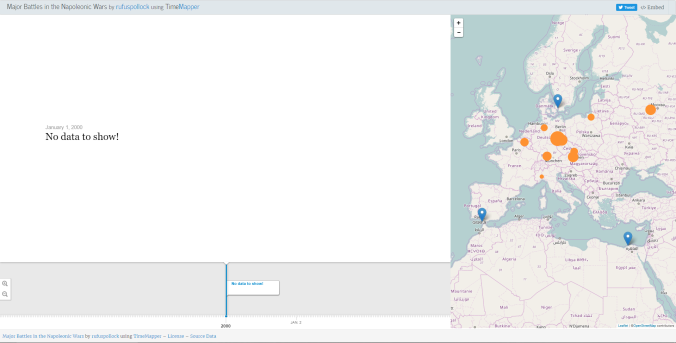On Wednesday of this week we had the dress rehearsal of our project launch in front of a small group of faculty members who are very excited about our work. This was especially exciting for all of us because this is the first time we have really shown our projects to a group of people how are not directly involved in our process. While our projects are not finished, having the opportunity to do something which resembles what our presentation will be like and then receive feedback from the same audience was incredible. Being able to speak with the audience members and have them ask questions about the work we have done and hearing not only their opinions but also their stories which connect them to our work was very special. The whole event truly drove home how cool the work we have been doing is and how it will have a greater impact on the Ursinus community as a whole than just our class.
During the presentation itself, I feel I should be more critical of myself so I am able to improve for the upcoming launch. Personally I feel I could have and should have been more prepared to speak eloquently about my share of the project. I feel as though I went up there with limited structure and knowing just the guidelines of what I wanted to talk about. For the launch next week, my part will be much smoother, more detailed, and more eloquent. That being said, I could not be more proud of the rest of my team. My critiques of myself aside, I think we were able to get present what our project is and what it will look like rather well and I’m excited more than ever now to see the final product.
There are two interactions from Wednesday which stick out rather prominently in my mind. The first woman who came to our table, regrettably I can’t remember her name for sure, I believe it was Mrs. Hubbs, asked if we had found anything about a man named Bill Heefner. We told her that we were familiar with the name but never came across anything very specific. She then told us she was curious because she had heard stories about how Bill Heefner went into Bomberger and began playing the organ once news of Pearl Harbor had reached campus. I was rather disappointed I couldn’t confirm her story for her. The second interaction was with Dr. Clark. Jon Kishpaugh, my partner in researching Pearl Harbor for this project, was discussing how the wars in Iraq and Afghanistan could be our generation’s version of the Vietnam War. Dr. Clark seemed to be on board with this idea for a split second then brought up a possibly argument breaking counter point. The draft was never used for the wars in Iraq and Afghanistan. Dr. Clark said you could ask anyone who was in the draft lottery for Vietnam what their number was and they would remember it immediately and that is an experience no one who went to the Middle East had to go through. While this conversation was more of a tangent than anything relating to our project, this stuck out to me because it brought about new stories and let us learn more about one of our professors and who he is as a person.
-Liam


